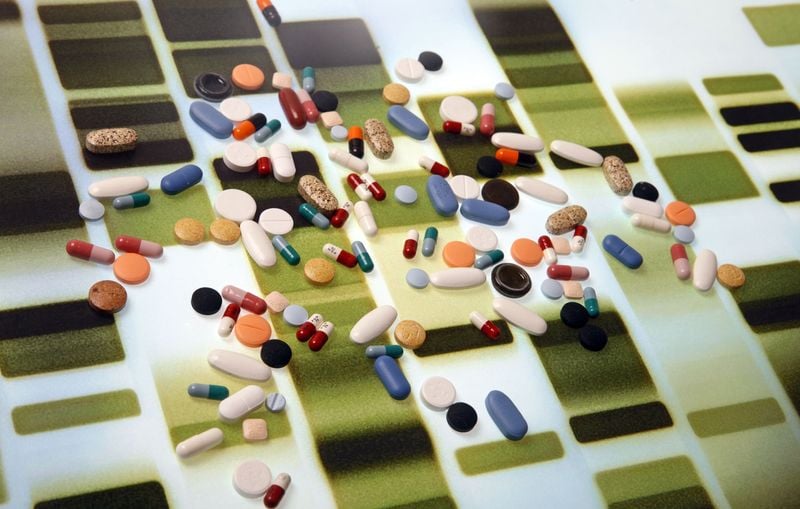
MONARCH platform shows strong data
Johnson & Johnson MedTech announced that results from the TARGET study have been published by CHEST Journal.
Johnson & Johnson MedTech announced that results from the TARGET study have been published by CHEST Journal. This landmark study demonstrated that clinicians were able to reach small and peripherally located lung nodules in more than 98% of cases with the MONARCH Platform and biopsy them with a safety profile comparable to non-robotic bronchoscopy techniques.
The TARGET (Transbronchial Biopsy Assisted by Robotic Guidance in the Evaluation of Tumors in the Lung) study followed 679 patients across 21 global sites in the U.S., Canada and Hong Kong as part of a single-arm prospective multicenter study. Patients were followed for at least one year. The study, published on April 26, 2025, was designed to measure clinical safety, navigation success and diagnostic yield across a broad range of patients in a real-world setting. Investigators reported that the robotically-guided MONARCH bronchoscope reached the lesion in 98.7% of cases with a diagnostic yield of 83.2% and a safety profile that is comparable to non-robotic bronchoscopy.
In addition to endpoints for safety, navigation success and diagnostic yield, investigators also noted learnings about variables found to be significantly associated with higher diagnostic yield, including history of chronic obstructive pulmonary disease (COPD)/emphysema and presence of a bronchus sign. To build deeper understanding of robotic-assisted bronchoscopy, investigators are continuing to explore these areas, analyzing and reporting data related to patient stature/height, subsolid nodules, atypical cells and performance of biopsy tools in RAB, with results intended for presentation and publication.
“Contributing to the body of evidence for emerging technology, especially as a non-university, community tertiary care hospital, is an important part of advancing healthcare, and I am proud to have been part of the TARGET study,” said Dr. Faisal Khan, one of the TARGET study investigators and currently Medical Director, Interventional Pulmonary & Endoscopy, at Franciscan Hospital in Indianapolis, Indiana. “The results of this important study can help raise awareness of robotic-assisted bronchoscopy as a safe, effective option for physicians to raise the standard of care for patients.”
This latest publication adds to a growing list of high-quality clinical research sponsored by Johnson & Johnson MedTech supporting Robotically-Assisted Bronchoscopy, including abstracts from TARGET data subsets recently published at the American Association of Thoracic Surgeons meeting in Seattle as well as the Association of Thoracic Surgeons meeting held in San Francisco. Additional TARGET subset abstracts are expected for submission at upcoming major medical conferences.
“Johnson & Johnson is committed to generating evidence that demonstrates the safety and efficacy of our products and advances innovation in areas with significant unmet needs,” said Dr. Ray Fryrear, Vice President of Scientific Affairs for Robotics and Digital at Johnson & Johnson MedTech. “As the pioneers in the field of robotic-assisted bronchoscopy, we are committed to evolving its potential to change the way clinicians diagnose and treat lung cancer.”
Robotically-assisted bronchoscopy represents a small but fast-growing segment of lung biopsy procedures in the U.S. The MONARCH Platform, the first robotically assisted bronchoscopy system to market, provides minimally invasive access to and visualization of airways to help clinicians biopsy suspicious lung nodules. Advances in RAB are important because nearly half of early-stage lesions are located in the periphery of the lung, which is difficult to reach with traditional bronchoscopy. The MONARCH Platform can aid clinicians in getting to an early, definitive diagnosis in lung cancer cases, which can help care teams get patients into the treatment pathway an average of three weeks faster.
Citation: A Prospective, Multicenter Evaluation of Safety and Diagnostic Outcomes with Robotic-Assisted Bronchoscopy: Results of the Transbronchial Biopsy Assisted by Robot Guidance in the Evaluation of Tumors of the Lung (TARGET) Trial. Authors: Septimiu Murgu, MD ∙ Alexander C. Chen, MD∙ Christopher R. Gilbert, DO, MS ∙ Kazuhiro Yasufuku, MD, PhD et al. Published online April 26, 2025 DOI: 10.1016/j.chest.2025.04.022

